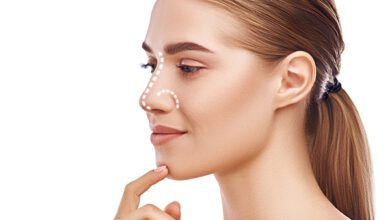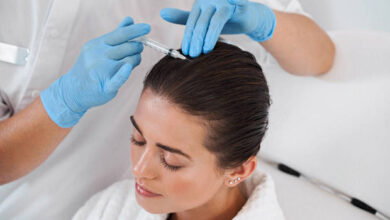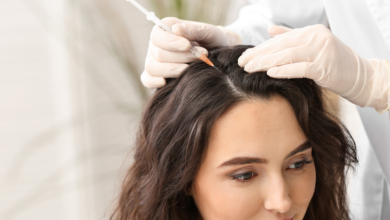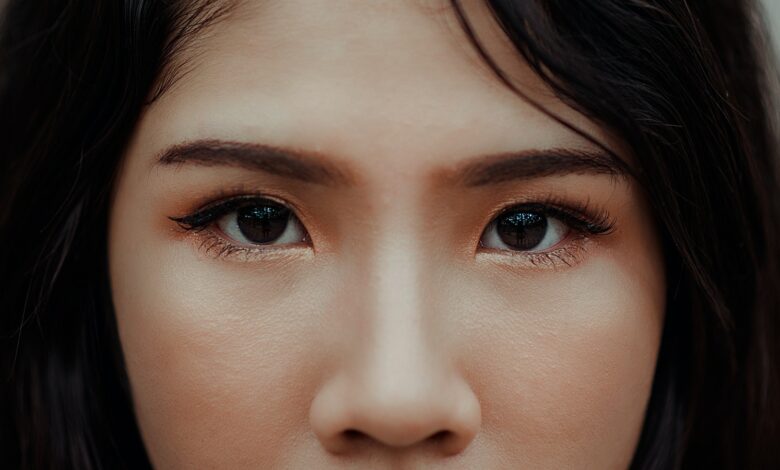
In the realm of cosmetic surgery, one procedure stands out for its ability to transform the face in a significant yet subtle way: rhinoplasty. Also known as a “nose job,” rhinoplasty is a surgical procedure that seeks to improve the size, shape, and overall appearance of the nose. With advancements in medical technology and a deep understanding of facial aesthetics, rhinoplasty has evolved from a one-size-fits-all approach to a highly personalized and tailored experience. This article explores the intricacies of rhinoplasty, providing valuable insights into how this procedure can help you achieve your ideal nose.
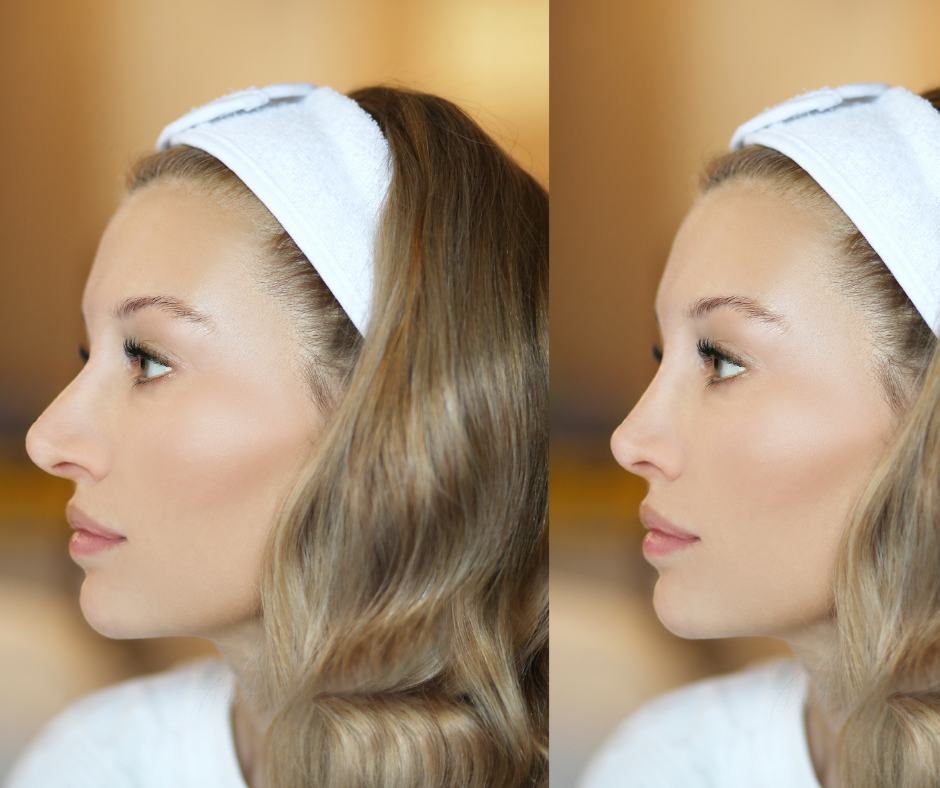
Understanding Rhinoplasty
What is Rhinoplasty?
Rhinoplasty, commonly referred to as a nose job, is a surgical procedure aimed at reshaping and enhancing the appearance of the nose. The goal of rhinoplasty is to achieve facial harmony by addressing aesthetic concerns and, in some cases, improving nasal function. The procedure can involve altering the size, shape, and proportion of the nose, as well as correcting any structural abnormalities or functional issues.
The Benefits of Rhinoplasty
Rhinoplasty offers a multitude of benefits for individuals seeking to improve their nasal aesthetics or address functional concerns. From an aesthetic standpoint, rhinoplasty can help balance facial proportions, enhance facial symmetry, and refine or resize the nose to better complement other facial features. This can significantly boost self-confidence and improve overall facial harmony.
In addition to the aesthetic benefits, rhinoplasty can also improve nasal function. For individuals experiencing breathing difficulties or issues resulting from structural abnormalities like a deviated septum or collapsed nasal valves, rhinoplasty can effectively address these concerns, allowing for improved airflow and easier breathing.
Choosing the Right Surgeon
When considering rhinoplasty, selecting the right surgeon is of utmost importance. A skilled and experienced rhinoplasty surgeon can ensure you achieve the results you desire while prioritizing your safety and well-being. It is crucial to do thorough research and seek out a surgeon who is board-certified, has extensive experience in performing rhinoplasty procedures, and possesses a solid reputation for delivering excellent outcomes.
A reputable surgeon should have a portfolio of before and after pictures to showcase their previous work, allowing you to gain insight into their skills and capabilities. Furthermore, scheduling a consultation with the surgeon can provide an opportunity to discuss your goals and expectations, ask questions, and assess whether you feel comfortable and confident in their abilities before deciding to proceed with the procedure.
Preparation for Rhinoplasty
Medical Evaluation and Consultation
Before undergoing rhinoplasty, a comprehensive medical evaluation is necessary to assess your overall health and determine your eligibility for the procedure. This evaluation typically involves a physical examination, review of medical history, and, in some cases, additional tests or laboratory work. It is essential to disclose any pre-existing medical conditions, allergies, medications, or previous surgeries to ensure your surgeon can customize the procedure according to your specific needs and minimize any potential risks.
During the consultation, you will also have the opportunity to discuss your aesthetic goals and expectations with the surgeon. Transparent communication plays a crucial role in establishing a mutual understanding of the desired outcome and what can realistically be achieved through rhinoplasty.
Discussing Your Expectations
Openly discussing your expectations with your surgeon during the consultation is vital for a successful rhinoplasty experience. Clearly express what you would like to change or improve about your nose, whether it’s reducing the size, reshaping the tip, or correcting any asymmetry. Consider bringing reference photos to help illustrate your desired outcome, but remember that every individual’s anatomy is unique, and the goal should be to enhance your natural features rather than trying to replicate someone else’s nose entirely.
A skilled surgeon will listen attentively, provide professional advice based on their expertise, and help manage your expectations by discussing the possibilities and limitations of the procedure. Together, you can determine the most suitable approach and set realistic goals that align with your facial characteristics and overall harmony.

Understanding the Risks and Recovery Period
As with any surgical procedure, rhinoplasty carries certain risks and requires a proper recovery period. It is important to be fully informed about these aspects before making a decision. While complications are rare, they can include infection, bleeding, adverse reactions to anesthesia, scarring, or unsatisfactory results.
During the consultation, your surgeon will explain the potential risks and complications associated with rhinoplasty, as well as the steps taken to mitigate them. They will provide detailed instructions on how to prepare for surgery, what to expect during the recovery period, and what measures will be taken to ensure your safety and comfort.
The recovery period following rhinoplasty can vary from individual to individual, but generally, patients can expect some swelling, bruising, and discomfort in the first few days. Nasal congestion and breathing difficulties may also be experienced temporarily. Your surgeon will prescribe medications and provide detailed postoperative care instructions to optimize your healing process and minimize any potential complications. It is crucial to follow these instructions diligently to achieve the best possible results and aid in a smooth recovery.
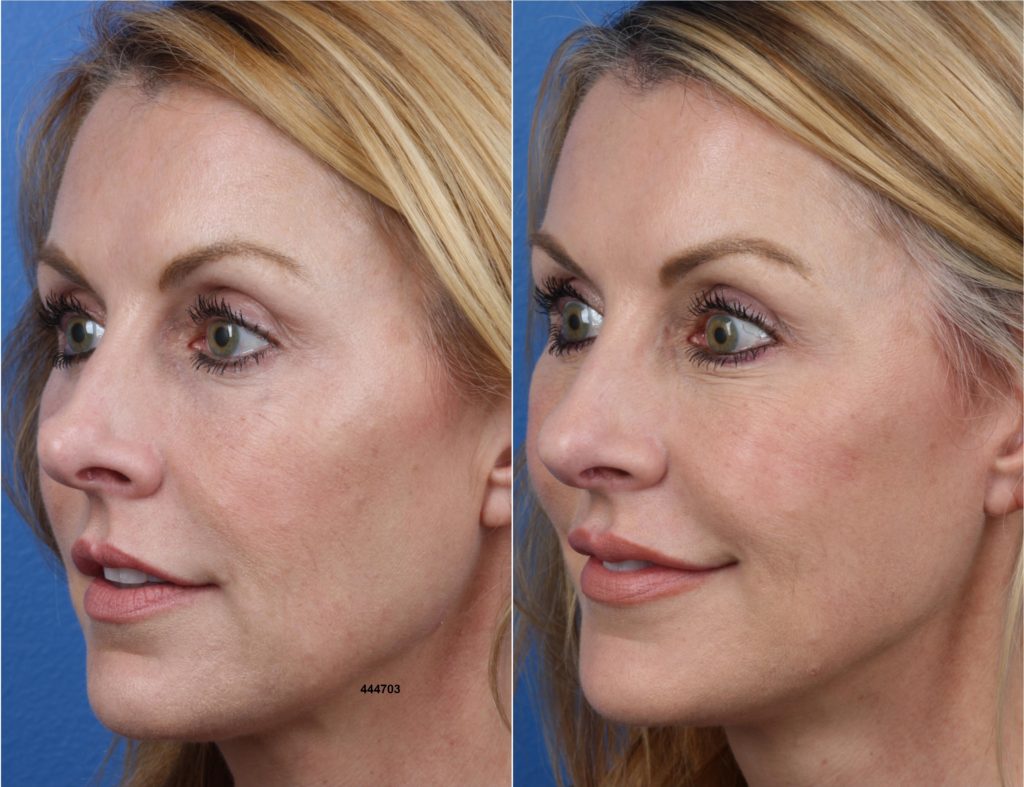
Different Techniques in Rhinoplasty
Open Rhinoplasty
Open rhinoplasty is a surgical technique that involves making an incision on the columella, the narrow strip of tissue separating the nostrils. Through this incision, the surgeon gains full access to the underlying nasal structures, allowing for comprehensive reshaping and refining. Open rhinoplasty is often recommended for complex cases or when significant modifications to the nasal framework are needed. This technique provides excellent visibility and control for the surgeon, enabling precise adjustments to achieve the desired aesthetic and functional outcomes.
Closed Rhinoplasty
Closed rhinoplasty, also known as endonasal rhinoplasty, is a technique where the incisions are made entirely inside the nostrils, with no external scars. This approach is typically employed for less extensive nasal modifications or when addressing minor refinements. While closed rhinoplasty offers the advantage of avoiding visible external scars and generally results in less swelling and a shorter recovery period, it may have limitations when it comes to complex nasal corrections that require more extensive access.
Non-Surgical Rhinoplasty
Non-surgical rhinoplasty, also referred to as a liquid rhinoplasty, is a non-invasive alternative to traditional surgical rhinoplasty. This technique involves using injectable fillers, such as hyaluronic acid, to reshape and contour the nose without the need for incisions or anesthesia. Non-surgical rhinoplasty can help address certain cosmetic concerns, such as correcting minor asymmetry, filling in depressions or divots, or changing the appearance of a flat bridge. It is a popular choice for individuals seeking temporary or reversible changes to their nasal aesthetics, as the results typically last around 6-12 months.
While non-surgical rhinoplasty offers a convenient and less invasive option for some patients, it is important to note that it cannot achieve the same level of permanent structural changes as surgical rhinoplasty. Additionally, it may not be suitable for addressing functional concerns or making major alterations to the size or shape of the nose.
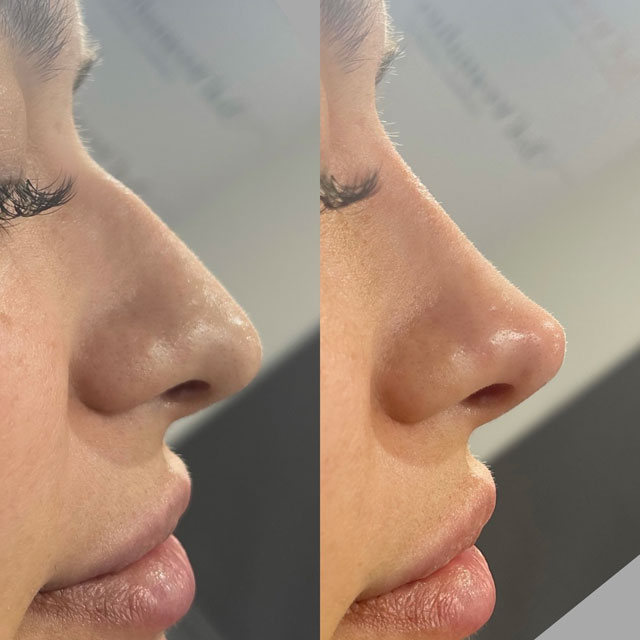
Addressing Nose Concerns
Reshaping the Bridge
One common concern that individuals seek to address through rhinoplasty is reshaping the bridge of the nose. Whether the bridge is too wide, narrow, or has visible humps or depressions, rhinoplasty can offer a solution. The surgeon will carefully evaluate your facial anatomy and discuss appropriate techniques to achieve the desired bridge reshaping. This may involve removing excess bone or cartilage, adding or grafting tissue, or using implants to help achieve the desired look.
Correcting a Nasal Hump
A nasal hump, also known as a dorsal hump, refers to an excessive prominence or bump on the bridge of the nose. This can cause the nose to appear unbalanced or distract from other facial features. Rhinoplasty can effectively correct a nasal hump by carefully reshaping the underlying bone and cartilage. Depending on the severity of the hump, the surgeon may perform osteotomies, which involve controlled cuts in the bone, or use rasps or files to smooth down the hump and achieve a more harmonious nasal profile.
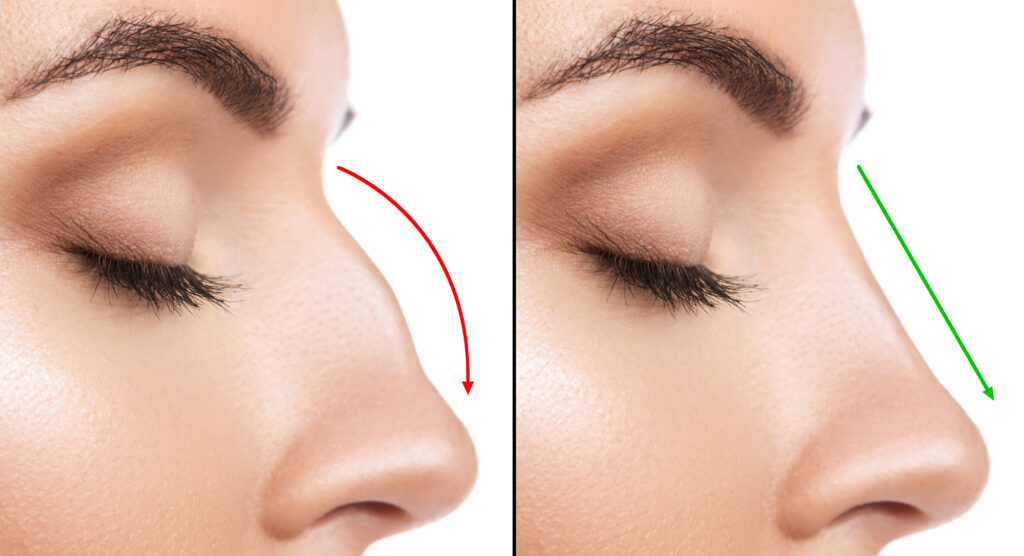
Refining the Nasal Tip
The nasal tip plays a significant role in defining the overall appearance of the nose. Some individuals may be dissatisfied with a bulky, drooping, or asymmetrical tip. Rhinoplasty offers solutions to refine and reshape the nasal tip to create a more defined and balanced look. The surgeon can employ a variety of techniques, such as cartilage trimming, repositioning, or grafting, to enhance tip projection, refine the shape, or correct any asymmetries. It is important to communicate your desired outcome clearly with your surgeon, as achieving the ideal nasal tip requires both technical proficiency and a thorough understanding of your aesthetic goals.
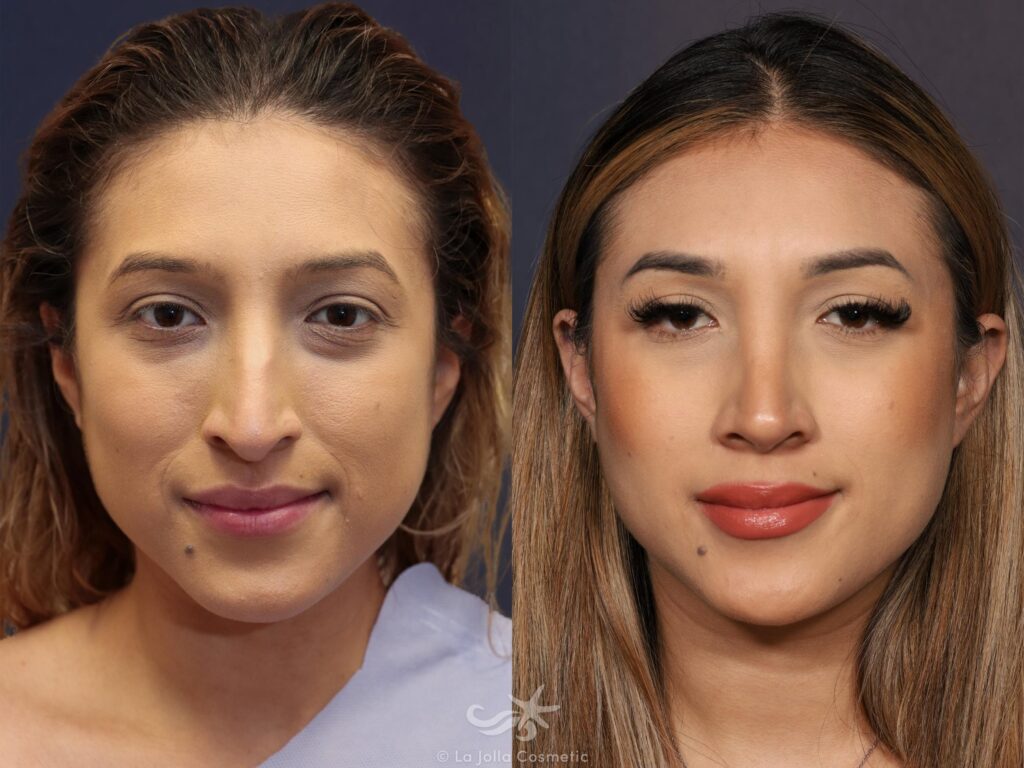
Functional Rhinoplasty
Improving Breathing Function
While rhinoplasty is commonly associated with aesthetic enhancements, it can also address functional concerns related to nasal breathing. Some individuals may experience breathing difficulties due to structural abnormalities within the nose, such as a deviated septum, narrow nasal passages, or collapsed nasal valves. These issues can result in nasal congestion, snoring, or sleep disturbances. A skilled rhinoplasty surgeon can perform functional rhinoplasty to improve nasal airflow by correcting these structural abnormalities and enhancing overall nasal function.
Correcting Deviated Septum
A deviated septum occurs when the nasal septum, which separates the left and right nostrils, is crooked or significantly off-center. This can lead to breathing difficulties, snoring, chronic congestion, or recurrent sinus infections. A septoplasty, which is often performed in conjunction with rhinoplasty, can effectively correct a deviated septum by straightening and repositioning the cartilaginous or bony partition. This procedure helps open up the airways, allowing for improved airflow and easier nasal breathing.
Treating Nasal Valve Collapse
Nasal valve collapse refers to the weakening or narrowing of the nasal valves, which are responsible for regulating airflow within the nose. This condition can lead to nasal obstruction, difficulty breathing, or excessive snoring. In functional rhinoplasty, the surgeon can employ various techniques to strengthen and support the nasal valves, such as using grafts or sutures. By addressing nasal valve collapse, functional rhinoplasty can significantly improve nasal breathing and enhance overall respiratory function.
Combining Rhinoplasty with Other Procedures
Rhinoplasty and Chin Augmentation
Achieving facial harmony often involves considering the relationship between the nose and other facial features. In some cases, individuals may have a weak or recessed chin, which can accentuate the prominence of the nose or create an imbalanced facial profile. By combining rhinoplasty with chin augmentation, surgeons can address both aesthetic concerns in a comprehensive manner. Chin augmentation can involve the placement of an implant or repositioning of the existing chin bone to enhance its projection and create better overall facial balance when combined with rhinoplasty.
Rhinoplasty and Facial Rejuvenation
Rhinoplasty can also be combined with facial rejuvenation procedures, such as a facelift or blepharoplasty, to achieve a more youthful and harmonious appearance. As the nose is a central feature of the face, improving its aesthetics can complement other facial rejuvenation procedures, enhancing the overall result and achieving a more balanced and refreshed look.
Rhinoplasty and Sinus Surgery
In some cases, individuals seeking rhinoplasty also suffer from chronic sinusitis or other sinus-related issues. Combining rhinoplasty with sinus surgery can address both cosmetic concerns and functional nasal problems, allowing for improved nasal airflow and sinus drainage. By addressing structural abnormalities within the nose and sinuses, this combined approach can provide comprehensive relief, enhancing both form and function.
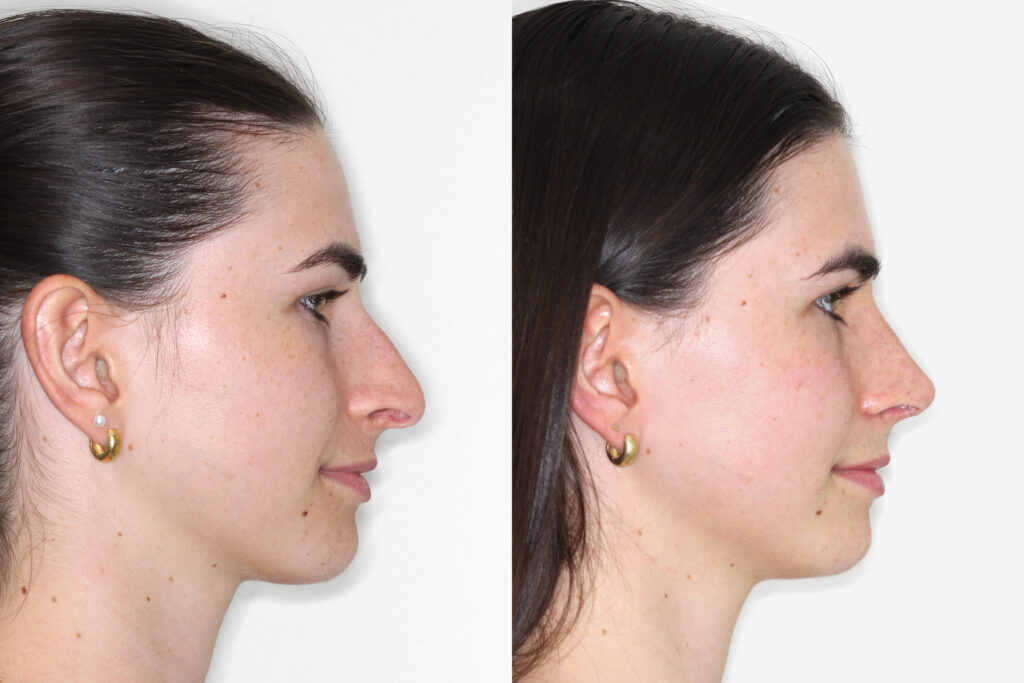
The Rhinoplasty Procedure
Anesthesia and Incisions
Rhinoplasty is typically performed under general anesthesia to ensure patient comfort and safety. The specific anesthesia technique used will be discussed during the preoperative consultation, and the anesthesiologist will determine the most appropriate approach based on individual factors and preferences. Once the patient is under anesthesia, the surgeon will proceed with making the necessary incisions, guided by the chosen rhinoplasty technique.
Bone and Cartilage Reshaping
To achieve the desired nasal aesthetics, the surgeon will carefully access and reshape the underlying bone and cartilage structure of the nose. This may involve removing or trimming excess bone or cartilage, repositioning or reshaping existing structures, or grafting additional tissue to enhance or support certain areas. The surgeon will take into account the unique anatomical considerations of the patient and the agreed-upon aesthetic goals, ensuring a balanced and natural-looking result.
Closing the Incisions
Once the desired changes have been made, the surgeon will carefully close the incisions using fine sutures. For open rhinoplasty, the incision on the columella is typically closed with dissolvable sutures, while closed rhinoplasty incisions inside the nostrils may not require external sutures. The incision closure is a crucial step in the procedure, as it ensures proper healing and minimal scarring.
Recovering from Rhinoplasty
Postoperative Care Instructions
After the rhinoplasty procedure, it is essential to carefully follow the postoperative care instructions provided by your surgeon. These instructions may include specific guidelines on wound care, medication administration, and restrictions on activities such as strenuous exercise or blowing your nose. It is common to experience some swelling, bruising, and discomfort immediately after the surgery, but these symptoms will gradually subside over time. Your surgeon will provide detailed information on how to manage these symptoms and promote a smooth recovery.
Managing Pain and Swelling
While discomfort and swelling are expected in the initial days following rhinoplasty, your surgeon will prescribe appropriate pain medication to alleviate any pain or discomfort. Applying cold compresses or ice packs to the nasal area can also help reduce swelling and provide relief. Elevating your head while resting or sleeping can aid in minimizing swelling as well.
Monitoring Healing Progress
Monitoring the healing progress and staying in touch with your surgeon during the recovery period is crucial for a successful outcome. Your surgeon will schedule follow-up appointments to assess your healing, remove any nasal packing or splints, and answer any questions or concerns you may have. They will monitor the progress of your recovery, ensuring that the nasal tissues heal properly and that the desired results are achieved.
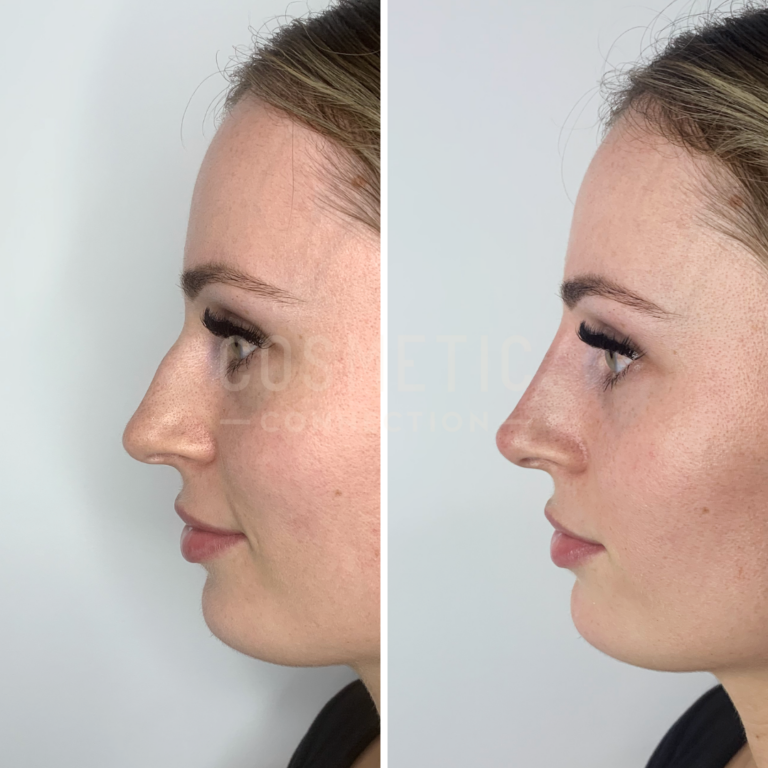
Long-Term Results and Follow-Up
Evaluating the Final Results
Achieving the final results of rhinoplasty can take time, as it often involves a gradual healing process. The majority of swelling will subside within a few weeks, but it can take several months for the nose to fully settle into its new shape. Once the healing is complete, the final results of rhinoplasty can be evaluated. It is important to keep in mind that the outcome should align with the discussed expectations and goals established during the preoperative consultations. Maintaining a realistic mindset and understanding that every individual’s healing process is unique will help ensure overall satisfaction with the final results.
Maintaining the Results
To maintain the results of rhinoplasty in the long term, it is essential to adhere to a healthy lifestyle and follow your surgeon’s guidance. Protecting the nose from physical trauma, excessive sun exposure, and tobacco smoke can help preserve the aesthetic improvements achieved through rhinoplasty. Maintaining an overall healthy lifestyle, including regular exercise, a balanced diet, and adequate hydration, can also contribute to the longevity of the results.
Follow-Up Appointments
Follow-up appointments with your surgeon are an important aspect of the rhinoplasty process. These appointments allow your surgeon to monitor your healing progress, address any concerns, and ensure that the results are satisfactory. Regular follow-up visits are typically scheduled at specific intervals to assess the long-term outcome and provide appropriate guidance for optimal results.
Rhinoplasty: Considerations and Limitations
Realistic Expectations
Having realistic expectations is paramount when considering rhinoplasty. While rhinoplasty can significantly enhance the appearance of the nose and improve nasal function, it is crucial to understand its limitations. Each individual’s anatomical structure and healing process are unique, and the ultimate outcome will depend on various factors such as skin thickness, bone structure, and healing abilities. Clear communication with your surgeon during the preoperative consultations can help establish realistic expectations and ensure that the desired outcomes are attainable.
Potential Risks and Complications
As with any surgical procedure, rhinoplasty carries certain risks and potential complications. It is essential to be aware of these possible risks to make an informed decision. While the majority of rhinoplasty procedures are successful, complications such as infection, bleeding, scarring, asymmetry, unfavorable scarring, or nasal obstruction can occur. By thoroughly discussing these risks with your surgeon and following all preoperative and postoperative instructions, you can minimize the likelihood of complications and enhance the chances of a positive outcome.
Revision Rhinoplasty
Occasionally, individuals may require additional surgical intervention to address concerns or refine the results after the initial rhinoplasty procedure. Revision rhinoplasty is a secondary procedure performed to correct unsatisfactory outcomes or address new concerns that arise following the initial surgery. Revision rhinoplasty requires careful assessment and planning, as it involves working with altered anatomy and previous surgical modifications. It is important to choose an experienced and skilled surgeon for revision procedures to ensure the best possible results.
In conclusion, rhinoplasty is a versatile surgical procedure that can address both aesthetic concerns and functional issues related to the nose. By understanding the various techniques, considering personal goals and expectations, and selecting a qualified surgeon, individuals can achieve their desired nasal aesthetics and improve their overall facial harmony. Rhinoplasty is a highly customizable procedure that offers comprehensive solutions for a variety of concerns, ultimately allowing individuals to tailor their ideal nose and enhance their self-confidence.

